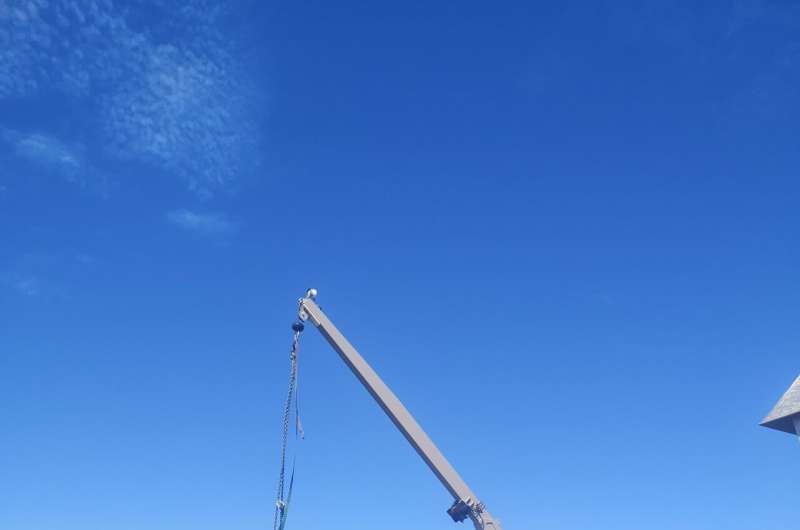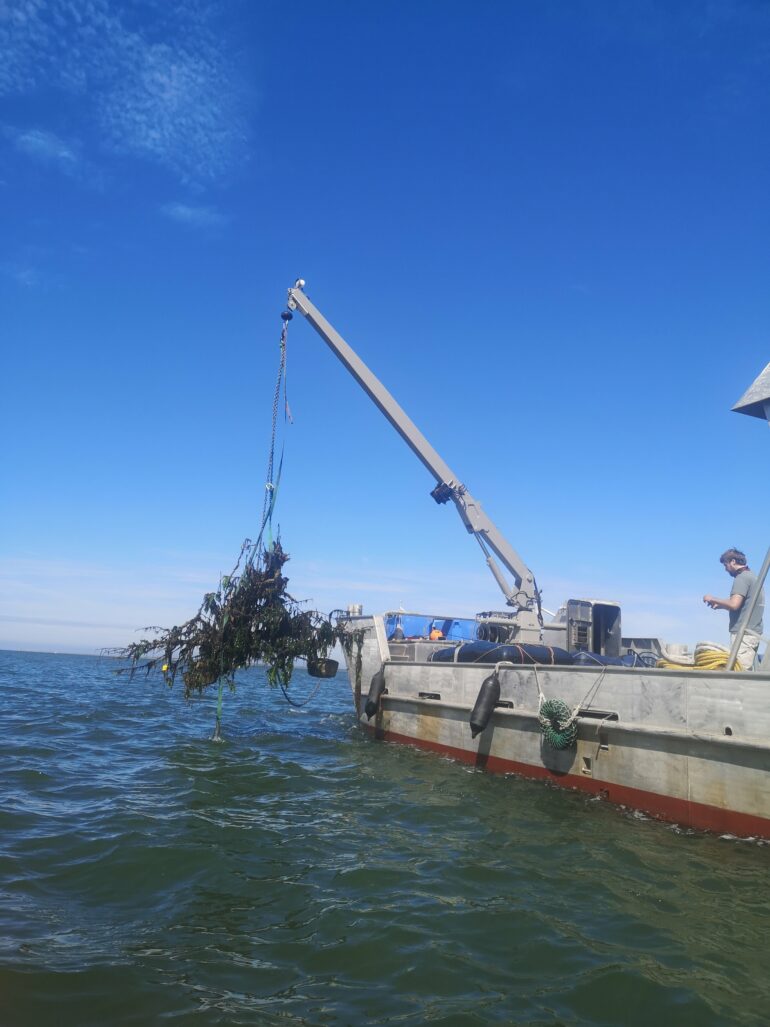Reefs, whether natural or man-made, are hotspots of marine biodiversity. But especially in soft-bottomed seas, reefs have become scarce because many hard substrates have been removed due to overfishing of shellfish, dredging, trawling, and deep-sea mining. How can we restore this lost biodiversity, as encouraged by the UN Decade on Ecosystem Restoration (2021–2030) and the EU Biodiversity Strategy?
Now, researchers have shown that culled fruit trees sunk into the sea are a cheap and effective way to recreate reefs and boost the local diversity and abundance of marine life. The study, published in Frontiers in Marine Science, was conducted in the Wadden Sea, a UNESCO World Heritage Site and the largest tidal flats system in the world.
“Here we show that native marine biodiversity can be restored in a highly degraded ecosystem like the Dutch Wadden Sea by using trees as reefs,” said Jon Dickson, the study´s lead author and a Ph.D. candidate at the Royal Netherlands Institute for Sea Research.
“Before humans domesticated the landscape with agriculture, logging, and river controls, trees fell into rivers in large numbers and were washed out to sea. We know that such sunken wood has been present in marine ecosystems since the Jurassic, providing a home, shelter, and food for marine animals.”

Overgrown tree-reef hoisted onto a ship. © Jon Dickson
Culled pear trees
In April 2022, Dickson and a team of researchers constructed 32 pyramid-like structures from 192 felled pear trees past their economic lifespan, and transported these by ship to open waters between the Dutch barrier islands Texel and Vlieland. There, the ‘tree-reefs’ were rooted in concrete feet and sunk to the soft sea bottom at four different locations, approximately three to four meters deep.
Four months later, they were briefly raised onto a ship, to allow the researchers to count the number of different species of sessile organisms on them, for example shellfish, algae, or polyps. They were replaced on the sea bottom and allowed to accumulate more biodiversity for a further two months.
Then, three fish traps were lowered around each reef block, as well as nearby control sites and


